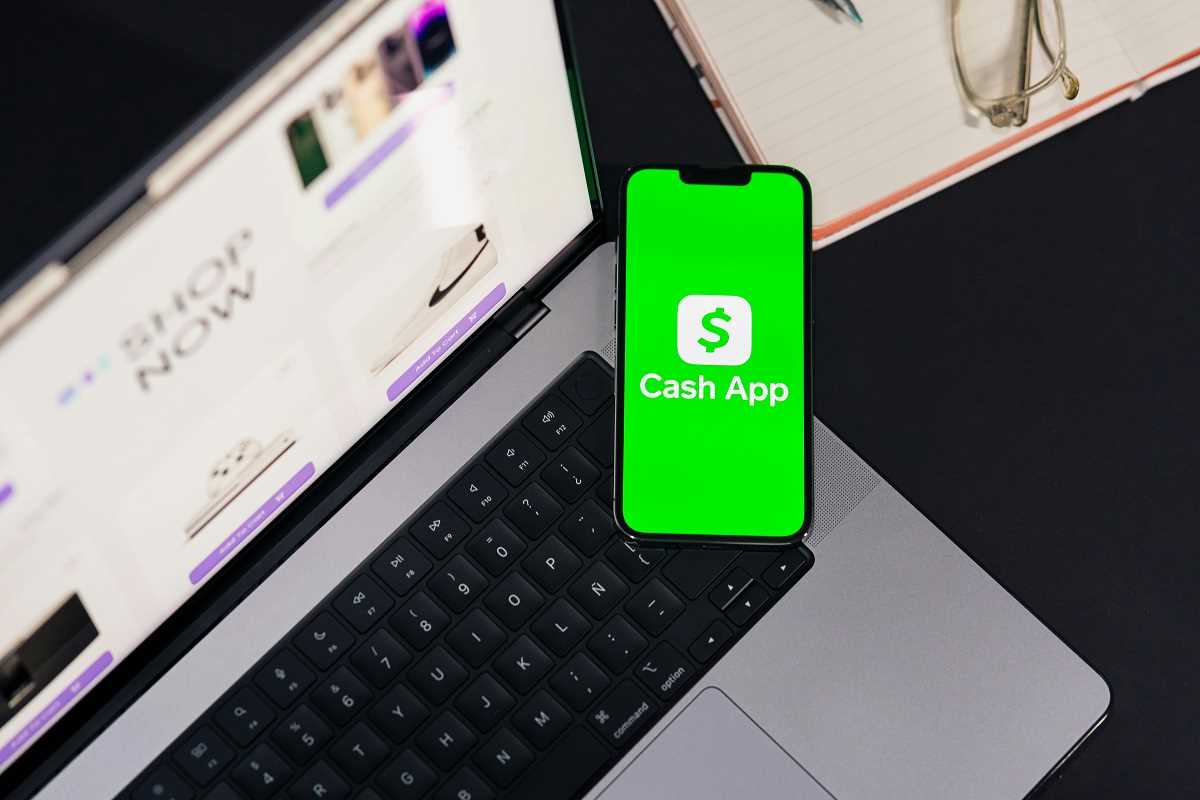Pricing is more than just assigning a number to your products. It’s a deeply strategic decision that directly impacts sales, customer behavior, and brand perception. By understanding the psychology behind pricing, businesses can set prices that not only attract buyers but also influence how they perceive value.
We’ll explore key psychological principles, such as anchoring, charm pricing, perceived value, and loss aversion, and how these affect consumer decisions. You’ll also find insights to help you make smart pricing choices for your business.
Anchoring: Setting the Reference Point
Anchoring is the psychological tendency for people to rely heavily on the first piece of information they receive. When it comes to pricing, that "anchor" often shapes how customers perceive value. If the initial price they see is high, subsequent prices in comparison seem like a good deal—even if they aren't.
How to apply anchoring effectively:
- Use high-value anchor prices to frame a more affordable option as a bargain. For example, list a premium product at $100 next to a mid-tier option at $50. Customers will be more likely to choose the $50 option, perceiving it as great value.
- Show original prices alongside discounts to illustrate savings. For instance, "Was $200, Now $125!" signals a better deal because the anchor ($200) sets the expectation of a higher cost.
- Use tiered pricing for subscription services. By presenting a high-priced plan first (e.g., a $500 premium plan), lower-tier options automatically feel more reasonable.
- Anchoring is powerful because it taps into the human tendency to compare options, making your pricing appear more attractive in context.
Charm Pricing: The Impact of the Number 9
Ever wondered why so many prices end in .99 or .95? That’s charm pricing in action. Research has repeatedly shown that consumers perceive prices ending in 9 as lower, even if the difference is minimal. For example, $19.99 feels significantly cheaper than $20, even though the actual difference is just one cent.
Tips for using charm pricing:
- End your prices with .99 or .95 for non-luxury items, as these signals are associated with affordability in consumers’ minds.
- Pair charm pricing with promotional messaging, like "Only $9.99!" to emphasize savings and accessibility.
- Avoid this strategy for high-end or luxury goods. Customers in these markets associate rounded, whole numbers with higher quality and exclusivity.
Charm pricing works because it takes advantage of how our brains process numbers. We tend to focus more on the first digit, meaning $19.99 is perceived closer to $19 than $20.
Perceived Value: The Price-Quality Connection
The perceived value of a product is influenced by its price. Counterintuitively, higher prices can sometimes increase demand by signaling higher quality or prestige. Luxury brands like Rolex or Apple thrive on this principle by maintaining premium price points to reinforce their status.
How businesses can enhance perceived value:
- Use strategic pricing to frame your product as premium. For instance, if your competitors price similar items at $50, consider pricing yours at $75 and emphasizing superior materials, craftsmanship, or unique features.
- Bundle products to increase perceived value. Customers often see more value in packages, like "Buy One Get One Free" or curated kits, than in individual items.
- Pair high pricing with premium branding and messaging. High-quality visuals, testimonials, and endorsements all reinforce the idea that the price reflects added value.
When pricing for perceived value, ensure that the quality of your product and branding justifies the cost. Consumers are quick to spot inconsistencies.
Loss Aversion: The Fear of Missing Out
Loss aversion refers to the psychological tendency for people to prioritize avoiding losses over acquiring equivalent gains. Economically, this means that losing $10 feels worse than gaining $10 feels good. Businesses can leverage this principle to encourage purchases by highlighting potential losses from inaction.
How to incorporate loss aversion in pricing strategies:
- Create time-sensitive offers or flash sales. Phrases like "Last Chance!" or "Offer Ends Today!" tap into the fear of missing out and prompt quicker decisions.
- Add exclusivity to your pricing. Members-only pricing or limited-edition releases give off the impression that failing to buy now might mean missing the opportunity altogether.
- Show potential savings. For example, "Save $30 when you order today!" makes the customer think about the money they stand to lose if they delay the purchase.
- By focusing on what consumers could lose rather than gain, you create urgency and drive conversions.
Constantly Refine Your Pricing Tactics
Understanding the psychology behind pricing can give your business a significant edge. However, it’s important to view pricing as a dynamic element of your overall strategy rather than a one-time decision. Customer preferences, market conditions, and competitive landscapes all evolve over time. Be prepared to adjust your approach to ensure your pricing stays effective and relevant.
By applying these psychological principles, not only can you potentially increase sales, but you can also enhance the way customers perceive your brand.
 (Image via
(Image via (1).jpg)





